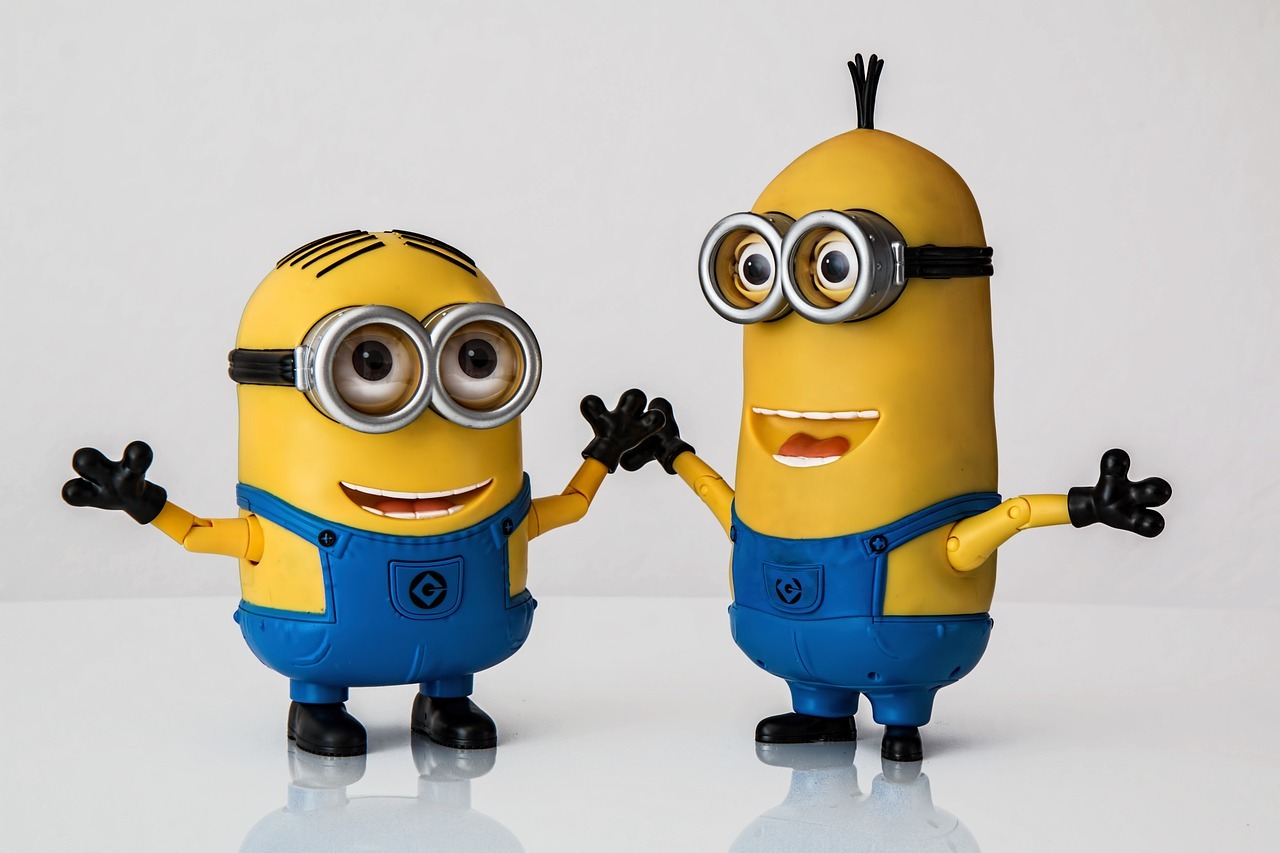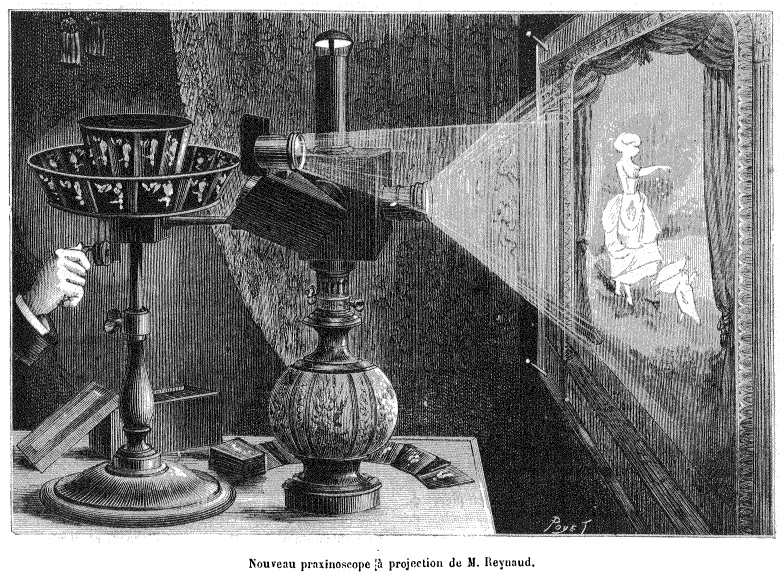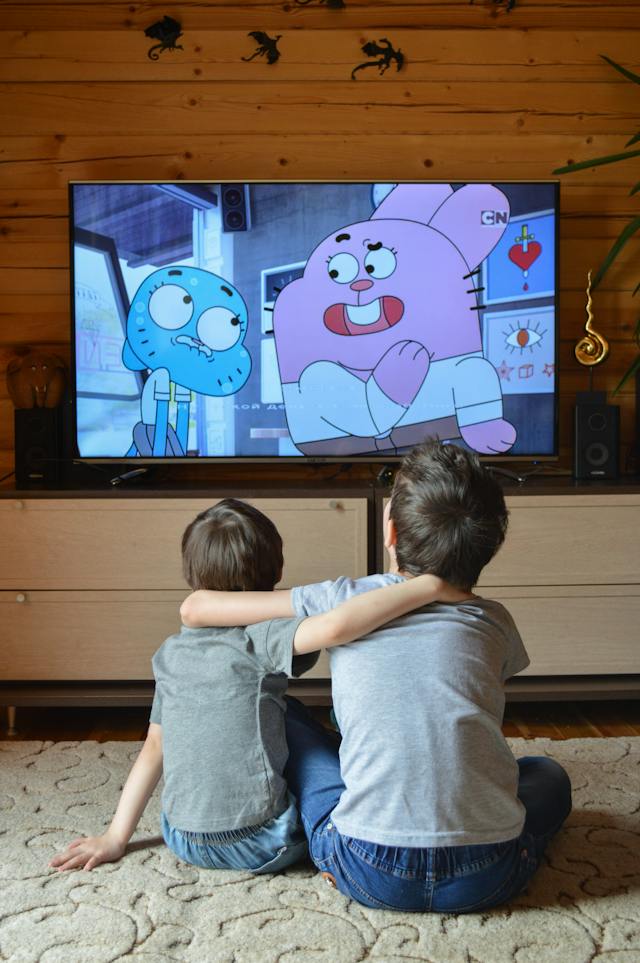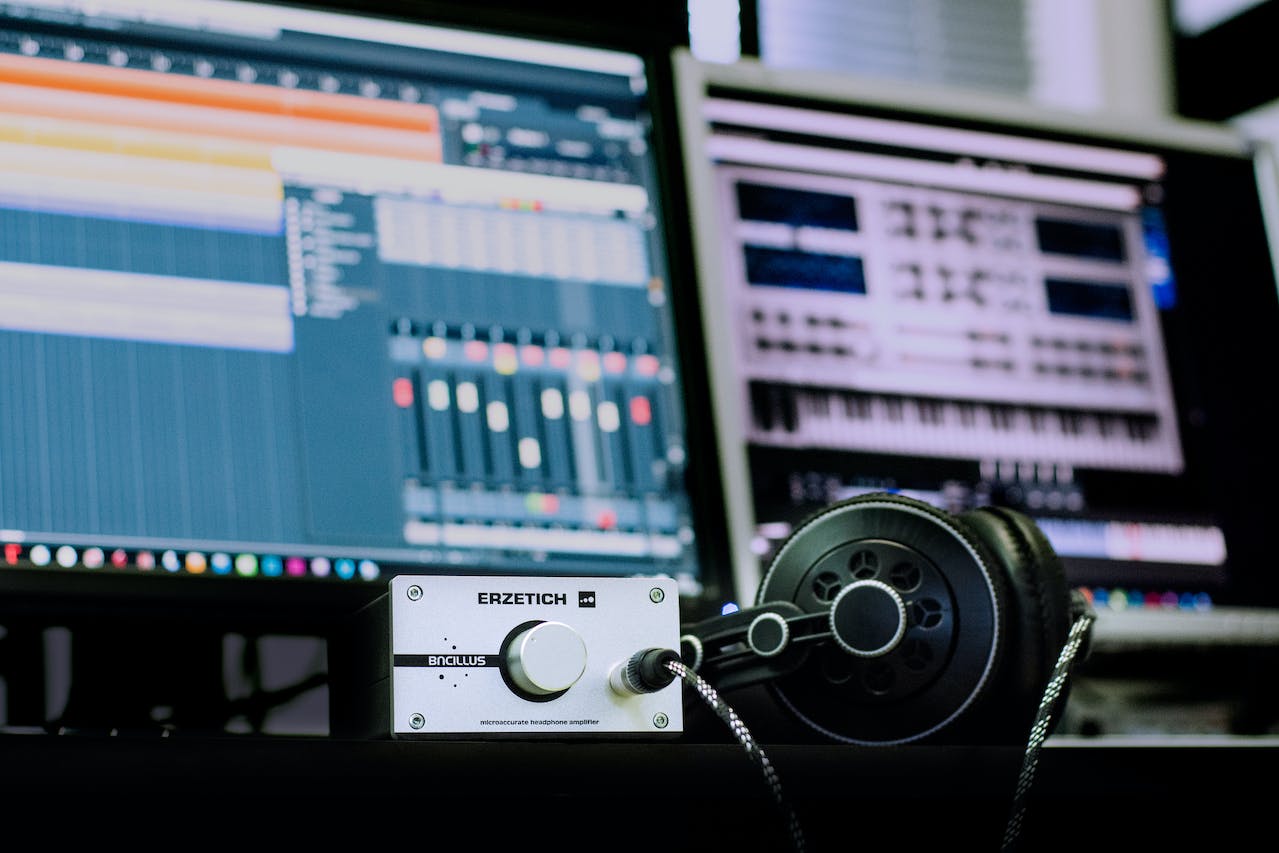Music in animated films is not just a background element; it is a vital component that breathes life into every frame, character, and story. From the whimsical tunes of classic cartoons to the full orchestral scores of modern animated epics, music helps in creating a realm where animation transcends visual artistry, becoming a holistic sensory experience. This article delves deep into the critical role of music in animated films, exploring its historical evolution, emotional impact, cultural significance, and the technological advancements that have shaped its integration into animation.
Historical Perspective
From Silent Sketches to Symphonic Stories
The journey of music in animation traces back to the era of silent films, where live musicians often accompanied screenings to enhance the viewing experience. With the advent of synchronized sound technology in the late 1920s, animation found its voice, and music became an inseparable part of this art form. Early cartoons, like Walt Disney’s “Steamboat Willie” (1928), which featured synchronized music and sound effects, revolutionized the industry and set a new standard for animated storytelling.
As animated films evolved, so did their musical compositions. The 1940s and 1950s saw the rise of iconic composers like Carl Stalling, who pioneered the use of “Mickey Mousing” – a technique where the music mimics the actions on screen, as seen in the classic Looney Tunes cartoons. This era also witnessed the emergence of full-length animated features with elaborate musical scores, such as Disney’s “Fantasia” (1940), which seamlessly blended classical music with imaginative animations.
The latter half of the 20th century and the onset of the 21st century marked a significant shift in the use of music in animation. The increasing complexity of animated narratives required more nuanced and thematic musical accompaniments, moving beyond mere background tunes to becoming a driving force in storytelling. Renowned composers like Alan Menken and Hans Zimmer brought a new level of musical sophistication to animated films, with memorable scores for movies like “The Little Mermaid” (1989) and “The Lion King” (1994).
Emotional Impact and Storytelling
Crafting Emotions Through Melody
Music in animated films is a powerful tool for evoking emotions and enhancing storytelling. It transcends language and culture, touching the hearts of audiences worldwide. The right musical score can amplify joy, sorrow, suspense, and excitement, enriching the viewers’ emotional engagement with the narrative.
For example, consider the role of music in Pixar’s “Up” (2009). The opening sequence, “Married Life,” composed by Michael Giacchino, masterfully portrays the bittersweet life story of the protagonist Carl and his wife Ellie. Without a single line of dialogue, the music conveys a spectrum of emotions, from the joy of their wedding to the heartbreak of Ellie’s passing. This emotional depth establishes a connection between the audience and the characters, setting the stage for the entire film.
In DreamWorks’ “How to Train Your Dragon” (2010), John Powell’s score adds a layer of majestic wonder and adventure, perfectly complementing the film’s theme of exploration and friendship. The track “Test Drive” captures the exhilaration of flying, aligning seamlessly with the protagonist’s journey of growth and discovery.
Music as a Narrative Device
Beyond setting the mood, music in animation often serves as a narrative device. It can foreshadow events, represent a character’s inner thoughts, or even act as a character itself. In Disney’s “The Little Mermaid” (1989), the song “Part of Your World” not only expresses Ariel’s longing to explore the human world but also moves the story forward by highlighting her determination to achieve her dream.
Cultural Significance and Diversity
A Symphony of Cultures
Animated films often serve as a cultural bridge, introducing audiences to diverse musical styles and traditions. Music in animation has the unique ability to represent and celebrate cultural diversity, contributing to a richer, more inclusive cinematic experience.
Disney’s “Moana” (2016) exemplifies this, blending traditional Polynesian music with contemporary styles. The soundtrack, co-composed by Lin-Manuel Miranda, Opetaia Foa’i, and Mark Mancina, plays a crucial role in authentically depicting the rich heritage of the Pacific Islands. Songs like “We Know The Way” not only entertain but also educate audiences about Polynesian navigation and exploration.
Similarly, Studio Ghibli’s “Spirited Away” (2001), scored by Joe Hisaishi, incorporates elements of Japanese music, enhancing the film’s setting and themes. The score complements the visual storytelling, creating an immersive experience that honors Japanese folklore and traditions.
Embracing Global Musical Influences
Animation studios increasingly collaborate with composers and musicians from around the world, bringing a variety of musical influences to their films. This global approach not only broadens the appeal of animated films but also fosters a deeper appreciation for different musical genres and cultures.
Technological Advancements
Harmonizing Technology with Music in Animation
The evolution of technology has significantly influenced how music is produced and integrated into animated films. Advancements in digital audio workstations, synthesizers, and software have expanded the horizons of what’s possible in animation scoring.
In the early days, music for animation was recorded live with orchestras, a process that, while producing rich sound, had limitations in terms of editing and synchronization. Today, composers have a plethora of tools at their disposal. Software like Logic Pro and Ableton Live allows for intricate compositions that can be finely tuned to match the timing of each scene.
Sampling technology has also revolutionized music in animation. Composers can now incorporate a vast array of sounds and instruments from around the world, enabling a more diverse and creative approach to scoring. This technology was notably used in Disney’s “Frozen” (2013), where traditional Norwegian folk instruments were blended with modern orchestration to create a unique sonic landscape.
Moreover, advancements in surround sound technology have enhanced the audience’s immersive experience. Films like Pixar’s “Coco” (2017) utilized Dolby Atmos technology, allowing for a more dynamic and spatial audio experience, making the music a more integral part of the storytelling.
The Future of Music in Animated Films
As technology continues to advance, we can expect even more innovative uses of music in animation. The integration of artificial intelligence and machine learning could offer new ways to compose and synchronize music, potentially leading to more personalized and adaptive soundtracks.
Conclusion
The role of music in enhancing animated films is undeniable. From its historical roots to its emotional impact, cultural significance, and technological evolution, music remains a vital component in bringing animated stories to life. As we look to the future, the continued advancements in technology and a growing appreciation for diverse musical traditions promise an even more exciting era for music in animation. This fusion of art and technology, melody and storytelling, not only entertains but also enriches our understanding of different cultures and emotions, making animation a truly universal language.




